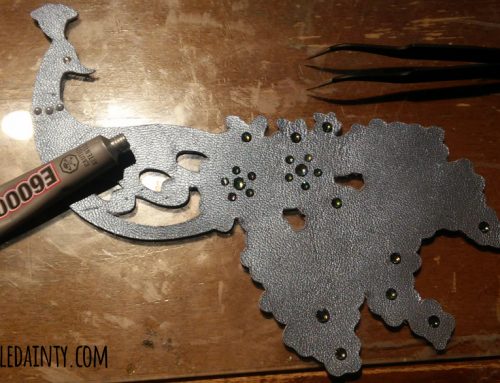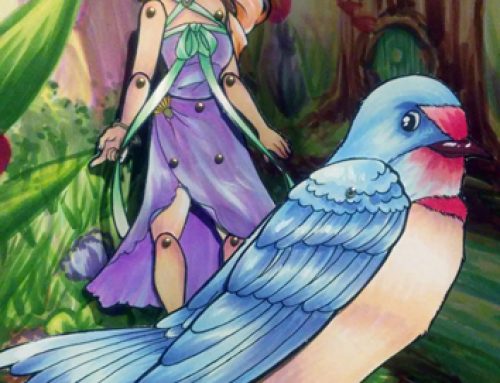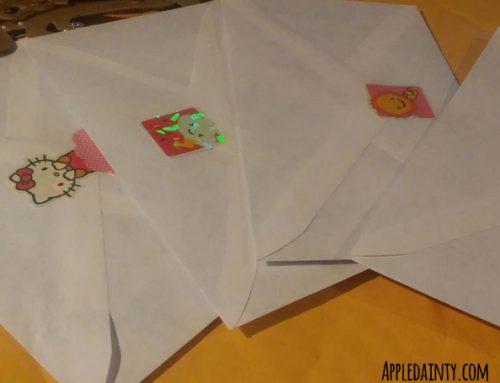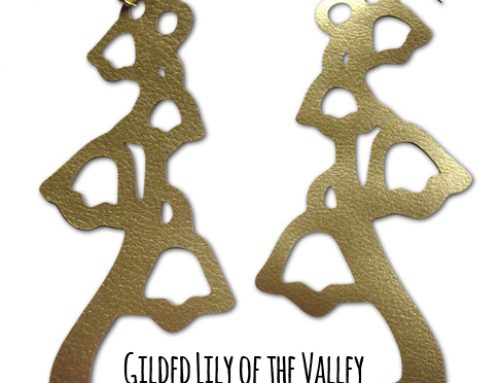Well folks, I’m sorry to report that my computer has taken ill and is now in the hospital being looked at. I’ve been having some intermittent shut down issues which have ruined a few pieces of leather and though it might be best to get the darn thing repaired before I wasted any more pieces. It’s actually been in the computer since last Friday, and I thought I was going to get it back this past Monday, but the computer doctors are having a hell of a time figuring out what’s wrong with it.
Since the computer’s still out of commission, my plan to have all the remaining rewards shipped out today has been put on hold. I’m mailing out a couple of packets, but the rest will have to wait until the computer comes back next week. Everything should still be out well ahead of my estimated delivery time of June.
Speaking of estimated delivery times, when I was setting up my kickstarter that was something I had to think a lot about. I figured I could get everything out in the month after the kickstarter closed (May) but I thought I might run into issues with supply or life, and gave myself an extra month, moving the deadline to June prior to launch.
The Kickstarter campaign was a nervewracking experience for me. Trying to figure out an appropriate campaign goal, what kind of rewards to offer, and what I should do if it fails or ends successfully – every decision was full of doubt and debate. But, it was also incredibly rewarding and allowed me to stretch myself artistically and learn more about the business side of art.
There are loads of articles on the internet with tips on how to run a successful campaign, so I will try my best not to repeat what’s already been said. Instead I’ll tell you a little bit about what I did to make my post-campaign rewards process go quickly and easily.
First, I finished a number of reward pieces ahead of time. Before I even launched the campaign, I took a look at what rewards I was offering, guessed what items would be most popular, and produced a few of those pieces early. I made 25 of the paper cut art cards, 4 pairs of Lily of the Valley Earrings, and three of the Princess and Peony bracelets ahead of time. While I still had to make several more bracelets and necklaces, having some items done ahead of time greatly reduced how long it would take for me to send rewards out by quite a lot. I finished most of the rewards before the rest of my materials even arrived.
Second, I had a list of everything I would need to order in terms of materials – including envelopes and bubble wrap. I found that a lot of Kickstarters that ended successfully had a hard time fulfilling their rewards because of inaccurate shipping/handling estimates, and I didn’t want that to happen to me.
Third, I started drawing my thank you notes before the Kickstarter launched. I knew I wanted to draw little sketches as a thank you note for each person who contributed. Sketches don’t really take that long to do, but if you need a lot of them it can take hours and you can get burnt out. So, a month or two before the launch I started to do a few sketches every day. That way, when the Kickstarter ended I wouldn’t have to struggle.
So, I guess it all boils down to preparedness. Even if your project isn’t something that you can make ahead of time, you can still find things that can be done before the campaign ends or before you even launch it, that will save you time and effort later on.
The worst part about being someone who invests in a Kickstarter campaign is how long you have to wait before you receive your reward. If you can get your rewards out on time or early, people will remember that and be happy to support your next campaign.
Thank you again for all of your support! Your support means so much to me, and I can’t wait to share more of my art with you all.





